Energy Efficiency Demand
The increasing emphasis on energy efficiency is a primary driver for the Tinted Glass Market. Tinted glass is known for its ability to reduce solar heat gain, thereby lowering energy consumption in buildings. This is particularly relevant as energy costs continue to rise, prompting consumers and businesses to seek solutions that enhance energy savings. According to recent data, buildings utilizing tinted glass can achieve energy savings of up to 30% compared to those using clear glass. This trend is likely to continue as regulations around energy efficiency become more stringent, further propelling the demand for tinted glass solutions in both residential and commercial sectors.
Growing Construction Sector
The expansion of the construction sector plays a pivotal role in driving the Tinted Glass Market. As urbanization accelerates, there is a notable increase in the number of residential and commercial buildings being constructed. Tinted glass is often preferred for its aesthetic qualities and functional benefits, such as glare reduction and UV protection. In recent years, the construction industry has witnessed a surge, with estimates indicating a growth rate of approximately 5% annually. This growth is expected to sustain demand for tinted glass, as architects and builders increasingly incorporate it into their designs to meet both aesthetic and performance criteria.
Consumer Awareness of UV Protection
The rising consumer awareness regarding the harmful effects of UV radiation is a crucial driver for the Tinted Glass Market. Tinted glass provides an effective barrier against UV rays, which can cause skin damage and fade interior furnishings. As individuals become more informed about health risks associated with UV exposure, the demand for tinted glass in residential and commercial applications is likely to increase. Market data suggests that products offering UV protection are gaining traction, with a notable percentage of consumers prioritizing such features when selecting glass for their properties. This trend is expected to bolster the tinted glass market as consumers seek safer living and working environments.
Regulatory Support for Energy Standards
Regulatory frameworks aimed at enhancing energy efficiency standards are significantly influencing the Tinted Glass Market. Governments worldwide are implementing policies that encourage the use of energy-efficient materials in construction. Tinted glass, with its ability to minimize heat transfer, aligns well with these regulations. For instance, various regions have established building codes that mandate the use of energy-efficient glazing solutions, which include tinted glass. This regulatory support not only boosts market demand but also encourages manufacturers to innovate and improve their tinted glass offerings, ensuring compliance with evolving standards.
Innovations in Glass Coating Technologies
Innovations in glass coating technologies are transforming the Tinted Glass Market. Advances in nanotechnology and other coating methods have led to the development of high-performance tinted glass that offers enhanced durability and functionality. These innovations allow for better heat rejection, improved visibility, and increased resistance to scratches and environmental factors. As manufacturers continue to invest in research and development, the availability of superior tinted glass products is likely to expand. This could attract a broader customer base, including those in sectors such as automotive and architecture, thereby driving overall market growth.


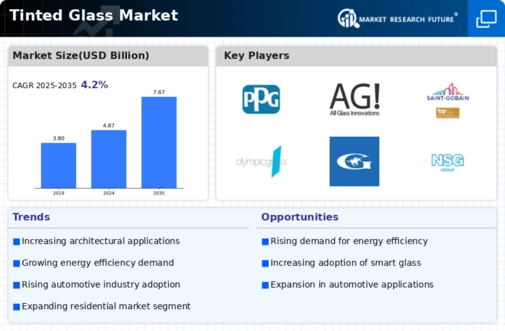

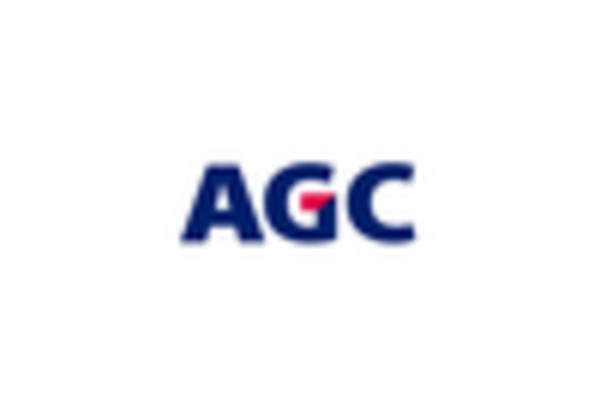
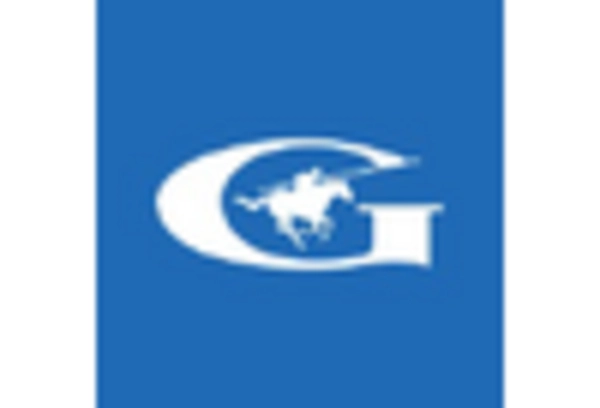
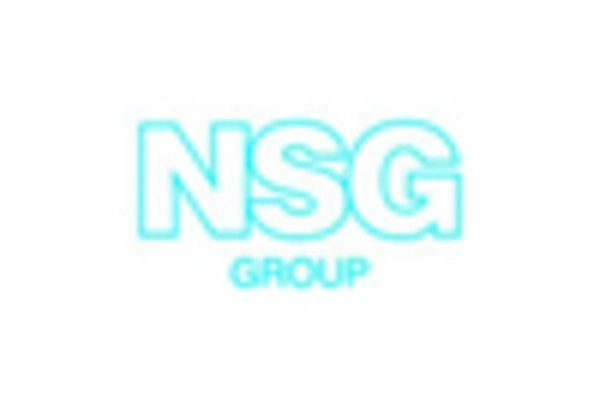
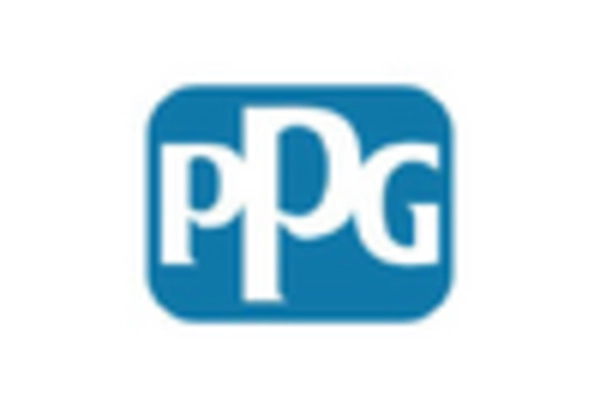

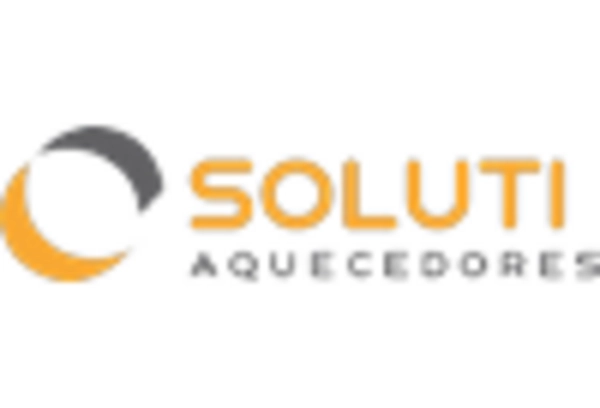








Leave a Comment